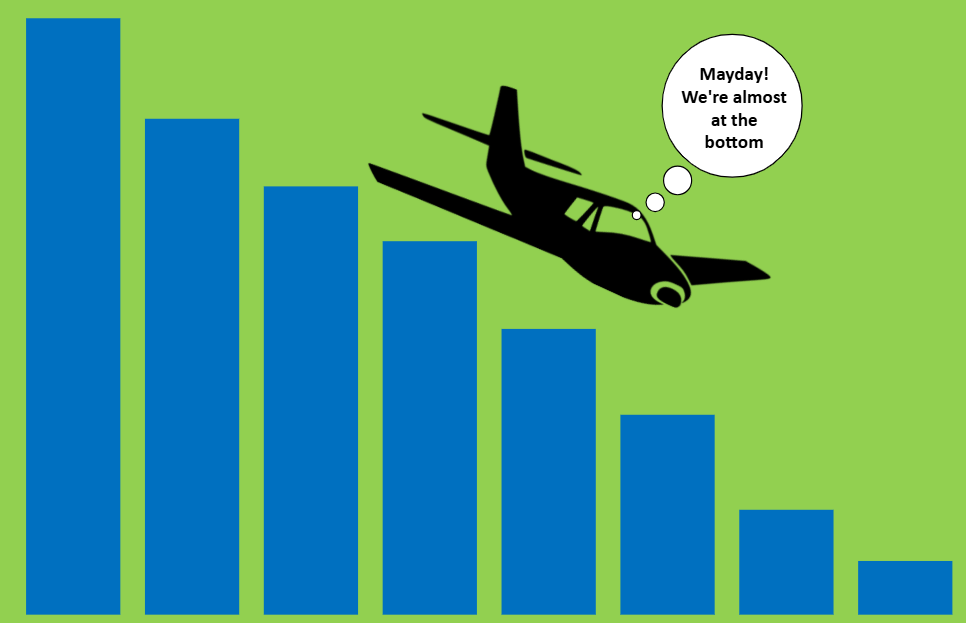Aerial LiDAR Showdown – Linear/Discrete vs Full Waveform
- jamesmckenzie654
- Sep 14, 2023
- 4 min read
In the dynamic realm of geospatial data collection, LiDAR (Light Detection and Ranging) has emerged as a game changer for terrain mapping. LiDAR's ability to measure distances at scale and speed has allowed us to map terrain in greater 3D accuracy than ever before. Post processing classification of LiDAR points into different feature types continues to open new use cases. Airborne fixed-wing aircraft are still the most common platform for wide area coverage due to stability and efficiency. For airborne LiDAR operators can choose between two prominent LiDAR technologies: Discrete/Linear LiDAR and Full Waveform LiDAR.
So how do these competing LiDAR technologies work?
Linear/Discrete LiDAR works as follows:

Linear LiDAR systems have a laser emitter that sends out short, intense laser pulses of light.
In linear LiDAR systems, a scanning mechanism is used to sweep the laser beam along a linear path. This scanning can be achieved through various methods, such as rotating mirrors.
The emitted laser pulses travel through the air until they encounter an object or a surface. When the laser pulse hits an object, it is reflected back toward the LiDAR sensor. The sensor contains a highly sensitive detector that can measure the time it takes for the laser pulse to travel to the object and return. This time-of-flight measurement is used to calculate the distance between the LiDAR sensor and the object.
Linear LiDAR systems record measurements for only the discrete returns. These systems only record the highest intensity returns from the laser pulse. Each pulse can record up to 8 returns due to the fragmentation of the pulse as it travels through air.
In summery Linear/Discrete LiDAR uses timed pulses of light to measure distance. To cover the width of a flight run Linear LiDAR uses a mirror to sweep those pulses across the width of the run. These systems only record the discrete returns providing a cleaner point cloud to work with as shown in the image above.
Full Waveform works as follows:

Full waveform LiDAR also emits short pulses of laser light. These systems typically use a combination of beam splitters and lenses, rather than mirrors, to split and shape the laser beam.
When the laser pulses encounter objects or surfaces in the environment, they are partially reflected back towards the LiDAR sensor. The sensor detects the incoming light, and instead of recording just the high intensity discrete returns it records the entire waveform of the reflected laser pulse.
Full waveform LiDAR sensors have a high-speed data acquisition system that captures the incoming waveforms with high temporal resolution. This means that they record many data points within a very short time period, capturing the entire shape of the reflected pulse in detail.
The resulting point cloud as illustrated in the image above will include a spectrum of low to high intensity values. Powerful processing software is required to filter and make this data useable.
In Summery Full Waveform LiDAR emits pulses of light split into multiple beams. These sensors record the entire waveform of the reflected laser pulse. This means they record multiple, varying intensity data points from a return rather than just the high intensity discrete returns.
What are the benefits for Linear and Full Waveform LiDAR?
Linear LiDAR Benefits:
High Accuracy: Linear LiDAR provides precise distance measurements to objects and surfaces, enabling accurate 3D mapping and spatial awareness.
Versatility These systems can be adapted to different applications by adjusting scanning parameters, such as laser power, pulse frequency, scanning range and resolution.
Speed: Linear LiDAR excels in capturing extensive swaths of terrain quickly.
Cost-Effective: Compared to some other LiDAR technologies (e.g., full waveform LiDAR), linear LiDAR systems are often more cost-effective for capture as they can capture wider more regular swaths in varying terrain.
Simplified Data Processing: The data produced by linear LiDAR systems is relatively straightforward to process, especially when compared to the complex waveform data generated by full waveform LiDAR. Meaning it can be quicker to process and deliver to clients.
Full Waveform LiDAR Benefits:
Detailed Data: Full waveform LiDAR captures the entire shape and intensity of the laser pulse's waveform when it is reflected from objects and surfaces. This is especially beneficial for vegetation capture.
Material Identification: The waveform data can be used to differentiate between various materials and surfaces based on their reflective properties.
Classification: The richer dataset from Full waveform LiDAR can improve classification.
Between Linear and Full Waveform LiDAR technologies, there is no definitive winner. The choice between the two hinges on the specific requirements of each project. In reality for most end users it will be hard to distinguish between a classified point cloud from either technologies. It's worth noting that the addition of simultaneous imagery capture adds a wealth of additional data to the capture.
Linear LiDAR is versatile, highly accurate, efficient for large capture, quicker to process and in turn more cost effective for large capture areas. Full Waveform on the other hand records a greater number returns and in turn a richer dataset. This is valuable in situations where the reflective nature of the objects being scanned varies, such as vegetation. Full Waveform can take longer to capture and process making it less efficient.
As the geospatial landscape evolves, these two LiDAR technologies will continue to shape the way we explore, analyze, and understand the world from above.




Comments